
EMRT 2.0 Unveiled: Redefining Responsible Mineral Sourcing
As global supply chains grow more complex and regulatory frameworks become more stringent, organizations are
Meet Our Executive Team Leading the Way Leadership Insight
Streamline collaboration and success
Explore opportunities
Keep up-to-date with the latest company newsGet the latest updates
Integrated way to address the risks of compliance
Provide your team with an armoury of compliance knowledge
On-demand reports generation helps you track update easily
Gap analysis and compliance strategy development
Turnkey PPAP support services that enable high quality manufacturing
Procurement services that enable ethical sourcing & compliance
Material declarations, certifications for standard / custom parts
Building reliable component databases, that enable design for a green future
Expert Consulting, Fully Managed Compliance Solutions, Training, Compliance Services
Consulting, Training, Managed Compliance Solutions including Software and Services
Consulting, Frameworks, Managed Compliance Solutions including Software and Services
Consulting and Managed Services to meet various trade regulations
Learn about material compliance, ethical sourcing, and sustainable supply chains Get Insights
Unveiling Success Stories with ComplianceXL
Inspire your vision with real examples

As global supply chains grow more complex and regulatory frameworks become more stringent, organizations are
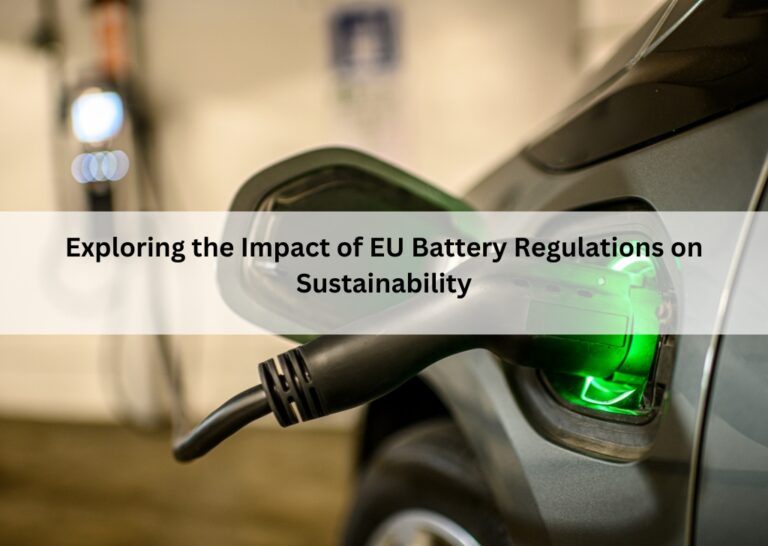
For a long time, the European Union (EU) has been proactive in implementing policies and
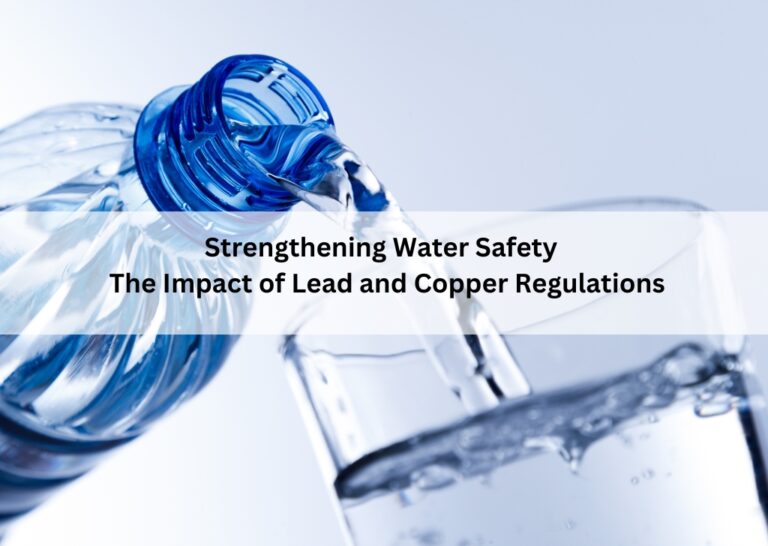
Ensuring safe drinking water is crucial to public health. The Environmental Protection Agency’s (EPA) Lead
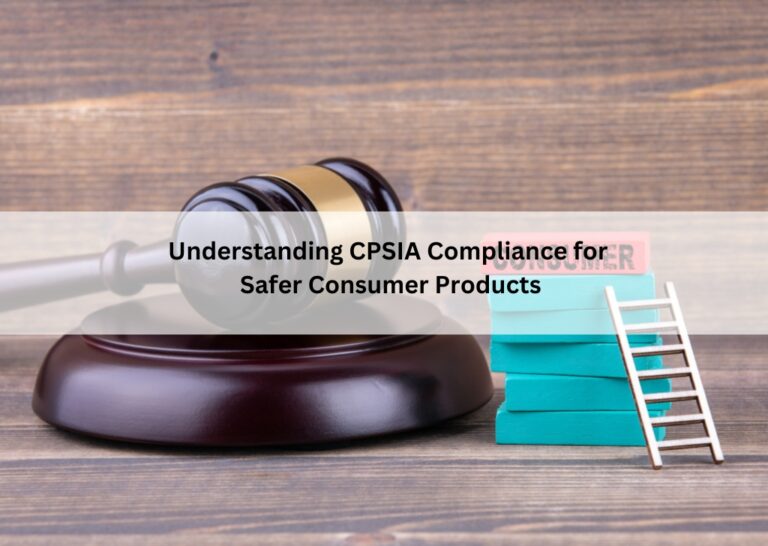
The Consumer Product Safety Improvement Act (CPSIA) aims to enhance consumer safety by requiring products
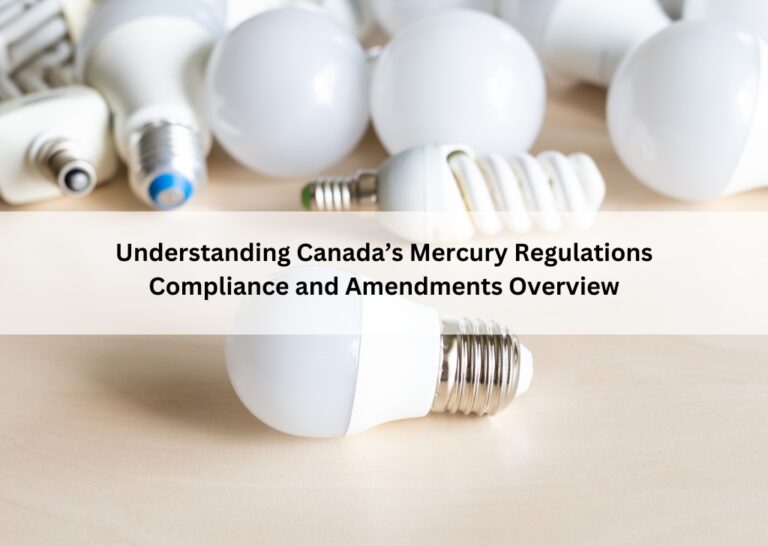
As part of its ongoing commitment to environmental protection and public health, Canada has recently
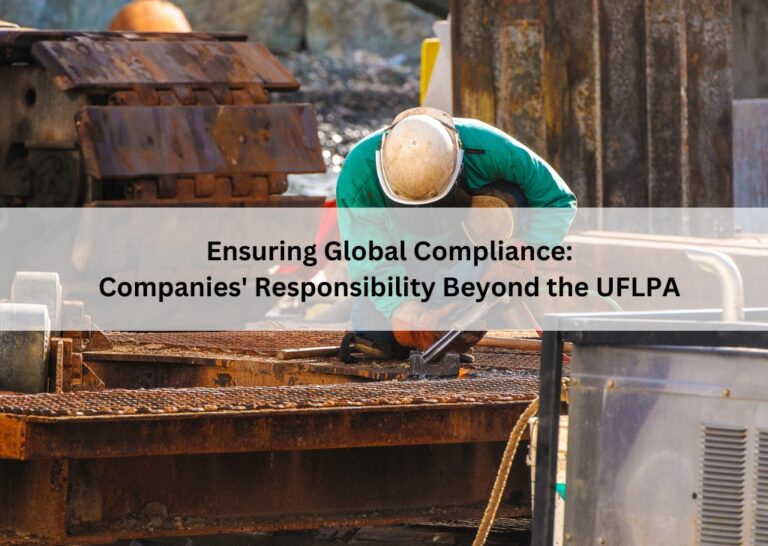
In today’s fast-moving global business environment, adhering to forced labor laws is not just an
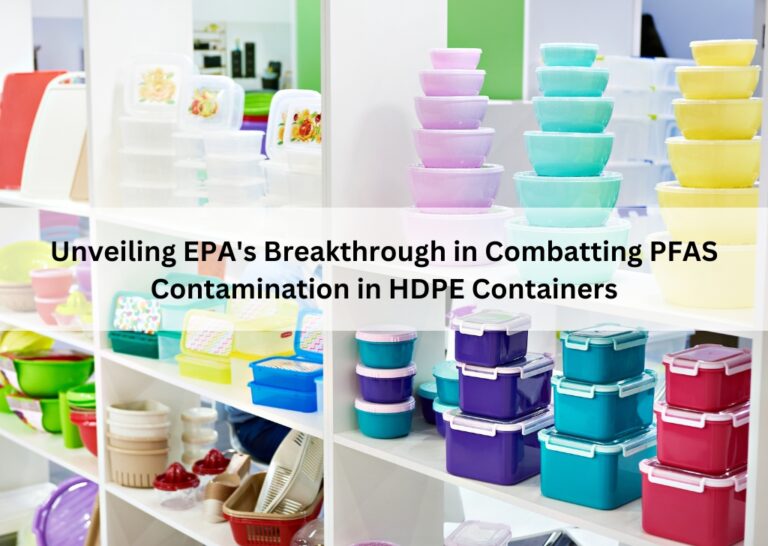
Per- and polyfluoroalkyl substances (PFAS) have long been valued across industries for their exceptional resistance
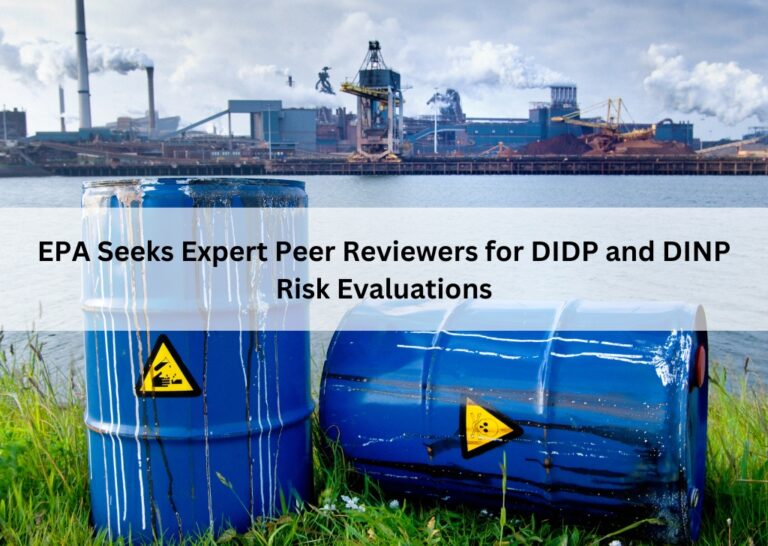
Under the mandate of the Toxic Substances Control Act (TSCA), the Environmental Protection Agency (EPA)

A series of important environmental regulations that cover everything from water quality to carbon emissions
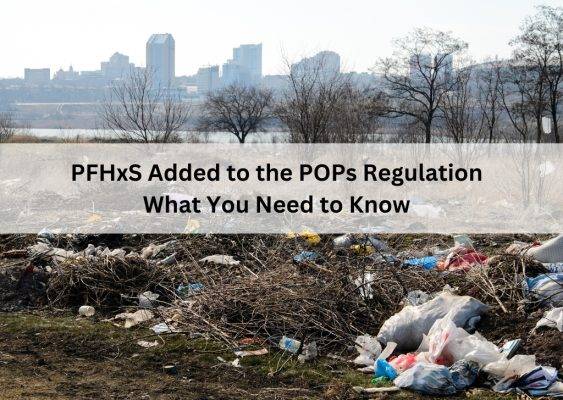
In a significant environmental development, the European Union (EU) regulatory update has expanded its persistent
Connect with our experts for tailored advice on achieving supply chain compliance and sustainability. Start your journey to compliance excellence now.
Connect with our experts for tailored advice on achieving supply chain compliance and sustainability. Start your journey to compliance excellence now.